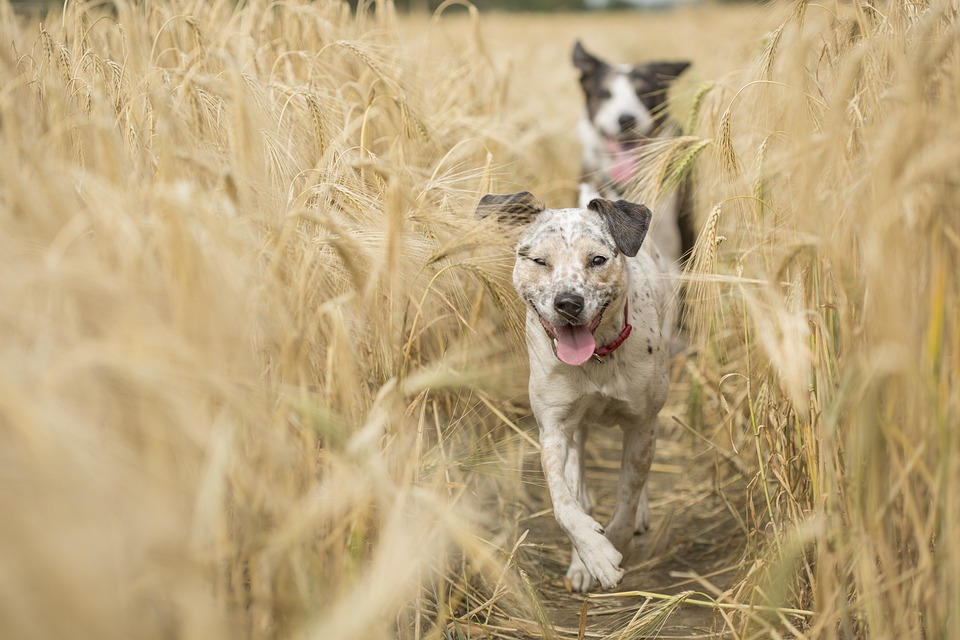Teaching Your Dog to Wait Before Crossing the Street: Ensuring Safety and Obedience
Introduction
When it comes to ensuring the safety of our furry friends, teaching them to wait before crossing the street is a crucial skill. Not only does it keep them safe from oncoming traffic, but it also demonstrates obedience and control. In this article, we will explore the step-by-step process of teaching your dog to wait before crossing the street, along with some frequently asked questions for a comprehensive understanding of the topic.
Why Teaching Your Dog to Wait is Important
Before we dive into the training process, let’s understand why teaching your dog to wait before crossing the street is essential. Crossing a busy road without proper training can put your dog’s life at risk. By teaching them to wait, you encourage them to pause and assess the situation before proceeding, ensuring their safety and preventing potential accidents.
Step-by-Step Guide to Teaching Your Dog to Wait
Now that we recognize the significance of this skill, let’s explore the step-by-step process of teaching your dog to wait before crossing the street:
Step 1: Start Indoors
Begin the training process indoors or in a quiet, controlled environment. Use treats or a clicker to reinforce positive behavior. Your dog should already have a basic understanding of commands like “sit” and “stay” before proceeding to this training.
Step 2: Introduce the “Wait” Command
Introduce the “wait” command by using a clear and consistent verbal cue, such as saying “wait” while showing an open palm toward your dog. Pair this with a hand gesture or signal to reinforce the command visually. Practice this command in various situations to ensure your dog understands it.
Step 3: Practice Near the Street
Gradually progress to practicing the “wait” command near the street, starting with quieter roads or areas with minimal traffic. Use a leash for added control. Begin by stopping at the edge of the street, giving the “wait” command, and rewarding your dog for complying. Gradually increase the level of distractions and traffic intensity as your dog becomes more comfortable and responsive.
Step 4: Reinforce Positive Behavior
Consistency is key when teaching your dog to wait. Always praise and reward your dog for waiting patiently before crossing the street. This positive reinforcement will strengthen the behavior and make it more reliable over time.
FAQs about Teaching Dogs to Wait Before Crossing the Street
To enhance your understanding of this training process, here are some frequently asked questions about teaching dogs to wait before crossing the street:
Q1: How long does it usually take to train a dog to wait before crossing the street?
The training duration may vary depending on your dog’s temperament, previous training experience, and consistency in practicing the skill. On average, it may take several weeks to a few months for your dog to fully grasp the concept and exhibit reliable behavior.
Q2: Can I use treats during the training process?
Yes, treats can be a valuable tool for positive reinforcement. Rewarding your dog with treats when they successfully wait before crossing the street reinforces the desired behavior.
Q3: What if my dog becomes anxious or fearful near the street?
If your dog shows signs of anxiety or fear while training near the street, take a step back and gradually expose them to the environment. Use positive reinforcement techniques and consider seeking guidance from a professional dog trainer or behaviorist if necessary.
Q4: Is it necessary to use a leash during the training process?
Using a leash during the initial training stages provides added control and ensures your dog’s safety. As your dog becomes more reliable, you may consider off-leash training in safe and enclosed areas.
Conclusion
Teaching your dog to wait before crossing the street is not only a matter of safety but also a testament to their obedience and discipline. By following the step-by-step guide and incorporating positive reinforcement techniques, you can instill this crucial skill in your furry companion, providing them with a lifetime of safe street crossings. Remember, patience, consistency, and gradual exposure are key elements in successful training.









